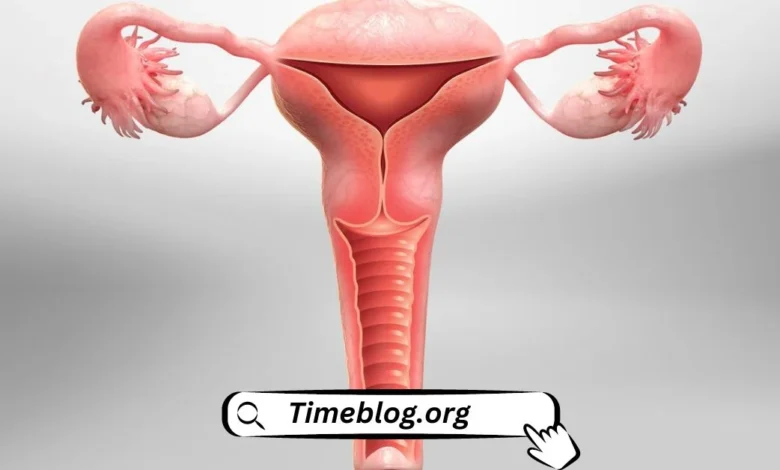Hysterectomy: Recommendation and Techniques

The surgical removal of the uterus is known as hysterectomy. Every year several women opt for this procedure to relieve symptoms due to certain gynecological conditions, when conservative methods fail. You will experience menopause post-hysterectomy, and also lose your ability to get pregnant.
Mina K. Sinacori, MD, MPH, FACOG is a highly experienced women specialist who can perform hysterectomy using different surgical techniques.
What is Hysterectomy?
A hysterectomy is an operation performed to remove your uterus. If you have a hysterectomy, you will no longer have your menstrual cycles or be able to get pregnant. There are different types of hysterectomies, namely:
- Total hysterectomy: Removal of the uterus, and cervix, leaving the ovaries, and fallopian tubes intact.
- Hysterectomy with salpingo-oophorectomy: Complete removal of the uterus, cervix, ovaries, and fallopian tubes
- Sub-total hysterectomy: Removal of only the uterus, leaving the ovaries, cervix, and tubes intact.
When is Hysterectomy Recommended?
A hysterectomy is usually recommended when non-surgical, conservative methods fail to alleviate your symptoms or improve your quality of life. It is performed to treat the following conditions:
- Abnormal or heavy vaginal bleeding
- Chronic pelvic pain
- Uterine prolapse (uterus that has “dropped” into your vaginal canal due to weakened support) that leads to urinary incontinence
- Fibroids (non-cancerous uterine tumors)
- Endometriosis
- Cervical or uterine cancer
What Are The Different Types of Hysterectomy Techniques?
There are several surgical options to perform a hysterectomy, which include:
- Traditional / Open hysterectomy
- This is performed when your surgeon makes a single large incision (cut) over your abdomen to gain access to your uterus.
- It is an invasive procedure with prolonged recovery time.
- Laparoscopic hysterectomy
- This is a minimally invasive procedure that involves 3 to 4 keyhole-sized incisions made over the abdomen.
- A laparoscope with a camera and light source is inserted through these cuts, which captures images and projects them on a large screen.
- This helps the surgeon gain access to the uterus for removal.
- The surgical instruments are inserted through the other incisions for uterus removal.
- This procedure offers quick recovery with minimal postoperative complications.
- Robot-assisted hysterectomy
- This is an advanced surgical procedure that involves a laparoscope along with robotic technology for more precise surgical outcomes.
- Vaginal hysterectomy
- During this technique, your surgeon removes the uterus through a small incision made in your vagina.
Takeaway
A hysterectomy is a choice of treatment for most women when conservative methods fail to provide relief. Though you may feel a sense of loss initially post the surgery, it greatly helps alleviate your symptoms when performed by a skilled surgeon. Your surgeon would evaluate your condition and determine which technique suits you best!




